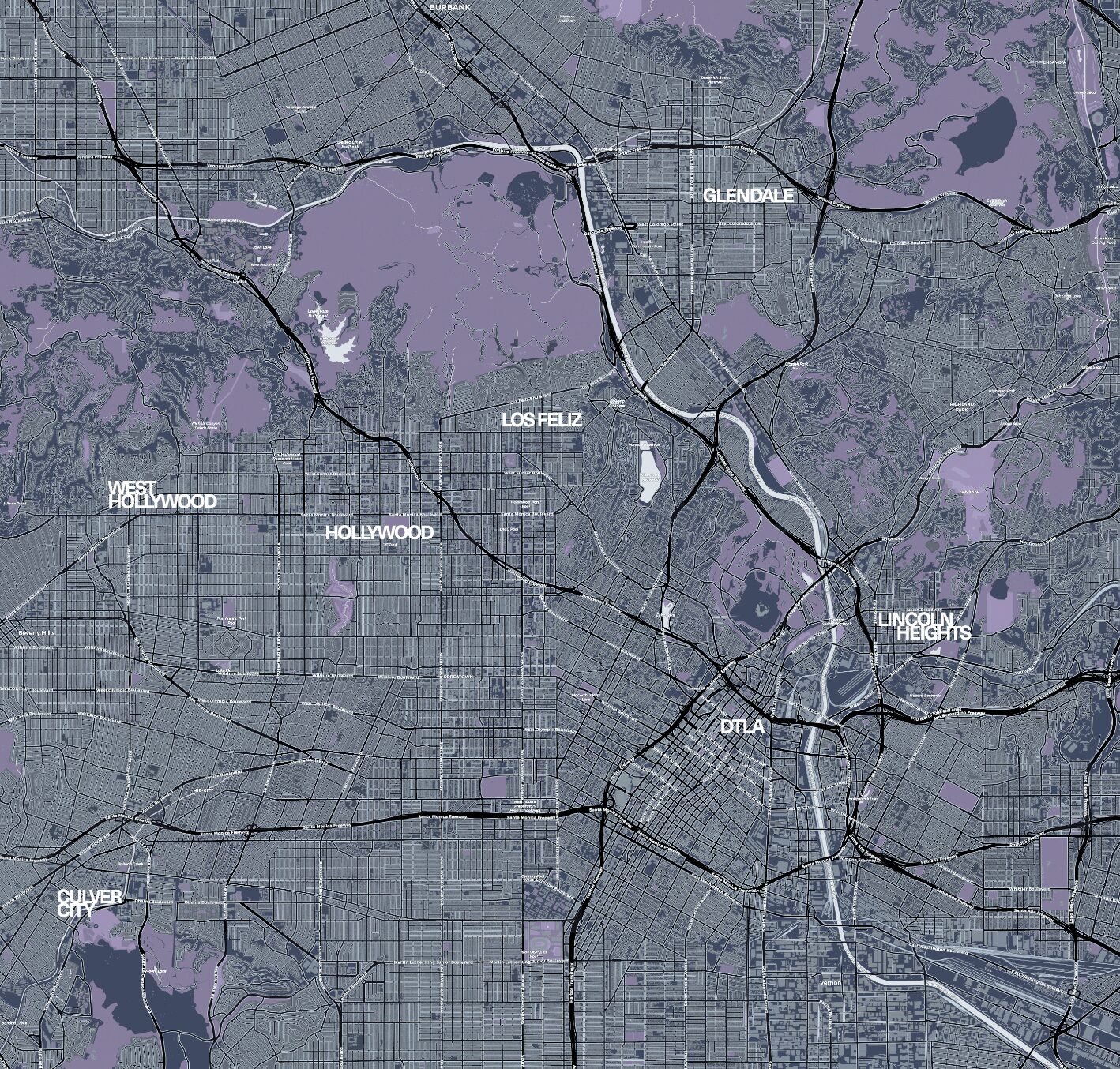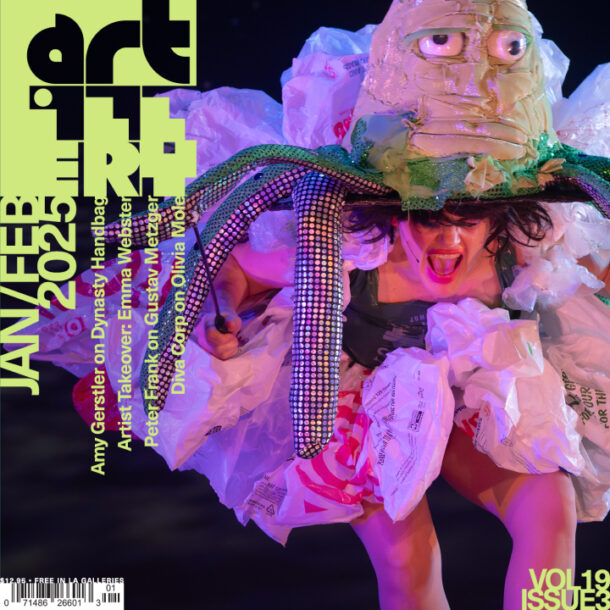Summer is museum season. I’m writing this in early August, a month during which the Angeleno art viewer’s options are fairly clear: Sweat it out on Melrose in pursuit of every lackluster group show; escape to the beach, like the dealers who phoned in those group shows from the shores of the Adriatic (I prefer the South Bay); or spend the day at MOCA, where admission is free and the air is a perfectly calibrated 67°F. To me, the choice is clear: I forgo the expensive airfare, pack a sweater, and make my way to the closest permanent collection. ¶ Which is how I found myself this past Sunday, comfortably cool within the Huntington Library and Gardens’ American galleries, specifically the museum’s collection of 19th and early 20th-century landscape paintings. If you are like me and possess neither an art history degree nor an autodidactic knowledge of dead painters, it is important to find a way “in” to such a room. Most museum-goers—who devote roughly 30 seconds to each painting—see a little of everything and a lot of nothing. My advice (which I am not legally responsible for) is to either run through the galleries like the characters in the 1964 movie Band of Outsiders —who sprint through the entire Louvre, seeing all of art history in hyperlapse—or do the exact opposite, and wander aimlessly around until you knock up against a good painting, then spend the rest of your day with it. I did the latter, making friends with a small (12″ x 16″) oil of low-slung, snow-covered mountains against a pink and blue horizon.
Snow-Bound Dawn was painted in 1915 by Edward Jean Steichen. Unlike the nearby 19th-century landscape paintings—minutely detailed images of fir trees and boulders offsetting gauzily romantic vistas—Snow-Bound Dawn presents its subject in matte, vague brushwork rather than layered glazes. Understated as a study, the painting appears less concerned with technical specificity than with establishing a mood. Often, when I look at realist landscapes of the era, with their emphasis on deep space created by fixed perspective, I feel shackled by the painting’s POV—as if in a kind of visual jail, where I am only allowed to look out at the light of God streaming through the clouds, or whatever. By contrast, Snow-Bound Dawn gave me room to move through its rounded, low-lit scene. Like the first light itself, I felt neither here nor there.
One of the joys of my Museum Method is that, after I spend time with a painting, I get to return home and research all the context the vinyl blurb leaves out. I hadn’t heard of Edward Jean Steichen, the painter, because Steichen isn’t known as a painter, but as one of the most important photographers of the twentieth century, a leader in the pictorialist movement, and the first director of the Department of Photography at the Museum of Modern Art. He is also widely credited with inventing fashion photography. His images of elaborately dressed women attending horse races jump-started the genre, eventually leading to his becoming the highest-paid employee of Condé Nast in the 1920s. He also served as a photographer/director in both WWI and WWII (he won an Academy Award for his film The Fighting Lady ) before virtually launching
the canon of fine art photography and curating a landmark photography exhibition, The Family of Man, that is now housed in a castle in his home country of Luxembourg. In retirement, he cultivated new varietals of delphinium flowers.
This magazine’s September issue—Artillery’s inaugural fashion issue—riffs, of course, on the September issue of the fashion magazine for which Edward J. Steichen once served as chief photographer. Steichen may have worked (and been handsomely paid) as a commercial photographer, but he was an artist first. His soft-focus, painterly images of people wearing well-appointed clothing presented a world not so different from that of Snow-Bound Dawn, a half-lit cosmos where objects are either just coming into or disappearing from view. I feel lucky to have encountered Steichen’s outsized legacy through the back door of his small painting, if only for the reminder that an artistic life can encompass as many techniques and means as artists are willing to embrace. As Matt Stromberg details in this month’s feature, the divide between the fashion and art worlds often collapses on close examination, especially in a city as cross-disciplinary and unconcerned with creative boundaries as Los Angeles.
When this magazine hits shelves, the art world will once again be headed into “the season” of fairs and openings, and the fashion industry will be staring down its own yearly cycles, and the headlines from both will doubtless ask us to consider what is (endlessly, exhaustingly) new about everything. I suspect I’ll miss the dog days of summer, when the city feels emptier, and the timeline of art longer.


